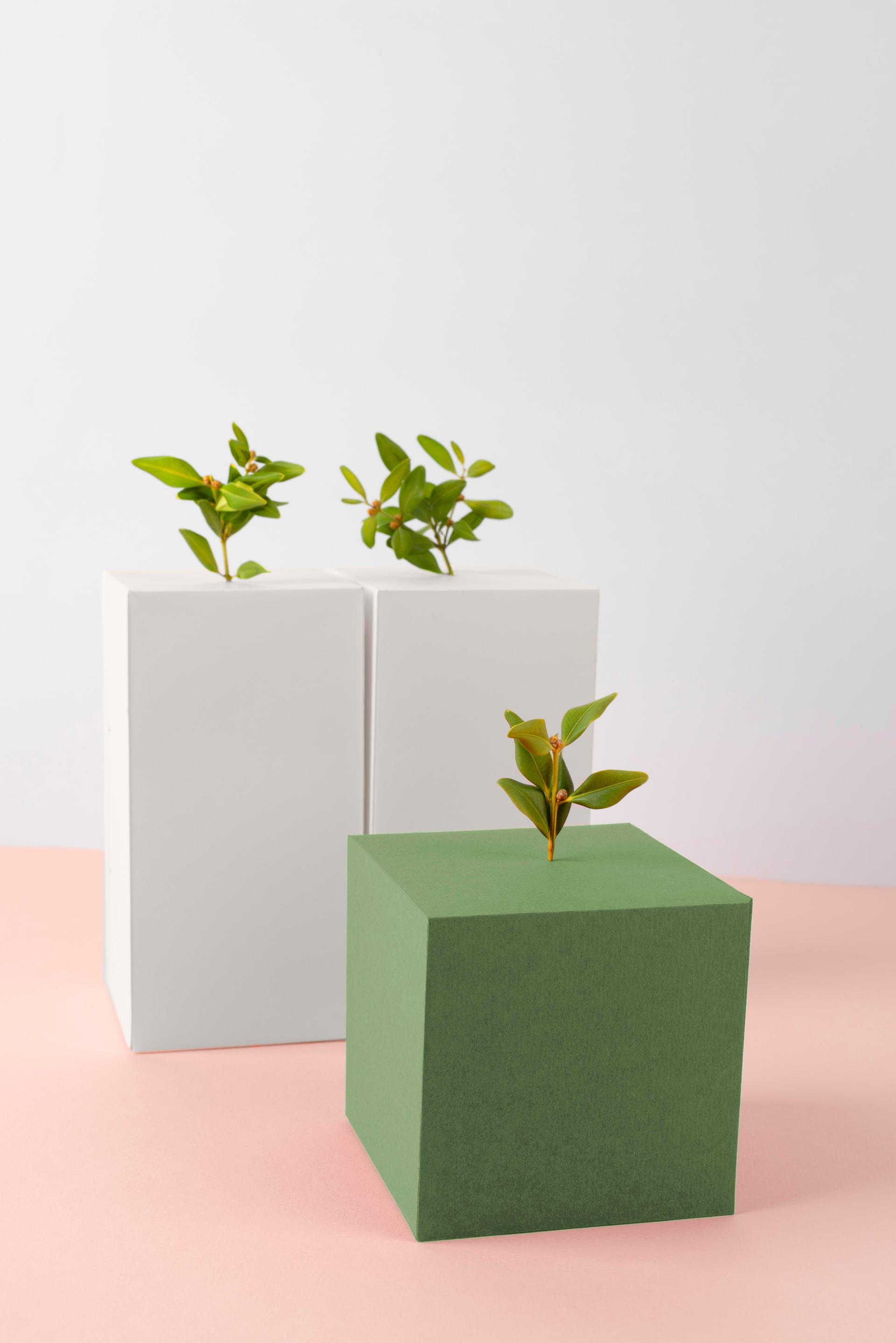As we move towards a more sustainable future, keeping our Net Zero goals in mind, green logistics in supply chain management is integral. Every detail counts; from materials sourcing to the final mile. Yet one area often overlooked is auto parts packaging. As green logistics companies in India and beyond push for sustainable logistics solutions, smarter packaging design is emerging as a powerful driver of both cost reduction and carbon savings.
Fitsol, a leading green logistics company, is reimagining how the auto industry thinks about packaging, turning it into a critical link in the green supply chain movement.
The Hidden Cost of Conventional Packaging
For decades, packaging in the auto sector was purely functional; focused on protection, not performance. But today, inefficient packaging contributes to major logistical and environmental costs. Oversized boxes, poor stacking, and excess material use lead to underutilized truck space and higher fuel consumption.
These inefficiencies ripple through the value chain, increasing both Scope 3 emissions and operational expenses. As the green logistics market expands, manufacturers can no longer ignore packaging as a key area for optimization.
Image courtesy: Freepik
Design as a Decarbonization Lever
So, what is green logistics in practice? It’s the integration of environmentally conscious strategies at every supply chain touchpoint, and packaging design is central to this shift.
By rethinking packaging dimensions, materials, and handling patterns, companies can improve space utilization, reduce waste, and prevent damage; all while shrinking their carbon footprint. This approach represents one of the most practical green supply chain examples in the manufacturing sector.
Fitsol’s Green Packaging Asset Design Tool
Recognizing this opportunity, Fitsol has developed its Green Packaging Asset Design Tool, a breakthrough solution that combines engineering precision with sustainability goals.
The tool compares parameters such as product dimensions, weight, fragility, and handling orientation to recommend the most sustainable and cost-efficient box. Each report includes a comparative analysis—showing how Fitsol’s design performs better on cost, space, and emissions than conventional packaging.
A key innovation is Fitsol’s custom insert design, which enhances product security and maximizes space efficiency, crucial for the high-volume movement of auto parts.
An upcoming feature, “Maximise Truck Load,” will help users simulate stacking patterns and truck configurations, unlocking additional savings in both freight costs and carbon output.
The Future of Green Logistics
The future belongs to companies that see sustainability and efficiency not as trade-offs, but as shared goals. Smarter design, backed by tools like Fitsol’s, enables manufacturers to lower costs, improve load efficiency, and achieve measurable carbon reductions.
In a rapidly evolving green logistics market, the leaders will be those who understand that every package is a chance to make the supply chain greener, cleaner, and smarter.
FAQs
What is Fitsol’s Green Packaging Asset Design Tool?
Fitsol’s Green Packaging Asset Design Tool is a data-driven solution that helps companies design the most cost-efficient and sustainable packaging for auto parts and other components. It compares key parameters, like product dimensions, weight, fragility, and handling, to recommend optimized outer boxes and inserts that reduce both material use and carbon emissions.
How does the tool help reduce logistics costs and emissions?
The tool analyzes how packaging can be made lighter, stronger, and more space-efficient, allowing more parts to fit into each truckload. This leads to fewer trips, lower fuel use, and reduced Scope 3 emissions, making it a practical example of green logistics in supply chain management. Users also receive a comparative report showing potential cost and carbon savings.
What makes Fitsol’s solution different from other green logistics companies in India?
Unlike traditional packaging vendors, Fitsol integrates sustainability intelligence into design. Our tool not only recommends materials and dimensions but also provides custom insert designs that enhance product safety and space optimization. An upcoming “Maximise Truck Load” feature will further help users simulate and compare space and cost-saving configurations for greener, more efficient logistics.
